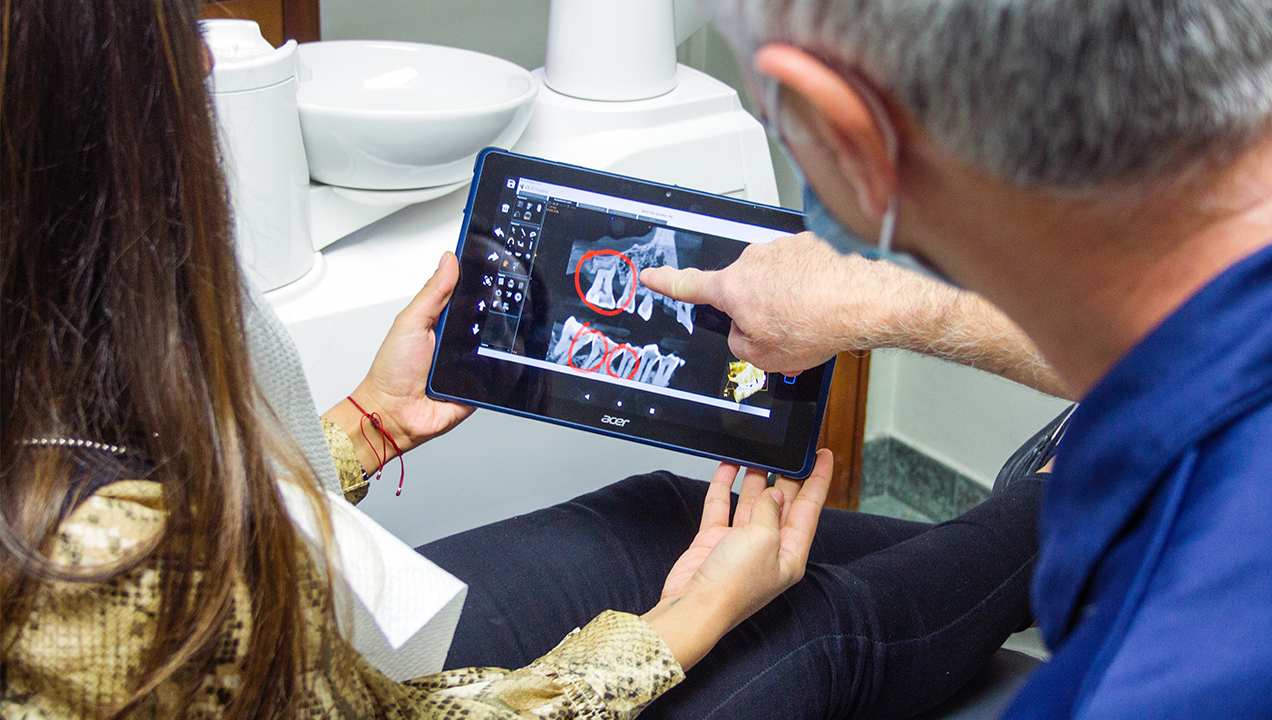Labs Lessons: Conducting Research in Hospitals
Welcome back to the next in the series of Labs Lessons, where we are continuing to share our experience and industry knowledge in a series of topics. In this post, we will be running through our experience of conducting research with both patients and in-hospital patients, an area that we have had a lot of experience working in throughout the years. Research with patients is something that the team often come back to as being their favourite and most rewarding projects to work on, so the team have really been looking forward to collaborating on this post!

Image Credit: Quang Tri-nguyen
Recruiting Participants
- When working with patients, there is an increased number of guidelines that have to be taken into consideration when storing data and the types of data that can be requested, so make yourself aware of these beforehand. Country specific guidelines will likely come into play, for example GDPR regulations in the UK and HIPAA (Health Insurance Portability and Accountability Act) in the US
- We strongly suggest finding a recruiter who specializes in medical and healthcare research, as they will be able to guide you through the industry related specifications that need to be adhered to
- It may be helpful to think broadly in terms of recruitment, for example advertising in clinics (with permission), or building a network of allies (such as nurses) to help recruit
- As with any research, ethical considerations need to be understood when undertaking medical research. Issues such as informed consent, respect for anonymity, confidentiality and respect for privacy need to be taken into consideration and documented throughout every stage of the process
- If the research involves children, then the parent or guardian will need to be involved throughout and will need to give consent on behalf of the participant.
Planning the Sessions
- Set expectations for what you will and won’t need to capture or ask about during the session. For example:
- In a study that involved physical therapy providers and patients, we needed to ask participants about their physical therapy protocols. Patients needed to be consulted and comfortable with sharing their physical therapy journeys (and diagnoses, if they were comfortable) as well as demonstrate sample exercises they were given by their providers. We also made sure to communicate that we would not capture any patient information in any of our photos or video recordings, nor did we capture identifiable photos or recordings of other people in the background
- Think about engaging ways to run sessions, for example sketching out journey maps with participants to understand their physical therapy journey – from initial injury to treatment to where they are today
- When working with patients, think about the amount of time that you are spending with them. If you are conducting research within a ward, speak with those who were working on the ward in order to help set expectations of how long the sessions should be – think about spreading the research across two sessions if appropriate
- Take into consideration the importance of context – for example if your aim is to test digital products, then explain this to the participants and understand that in a medical environment, the way that they interact with the product will be different than in a home setting – this is especially true when conducting medical research in what is likely to be an atypical setting
- Be sure to think about and plan the tech set up beforehand. Whether the research will be run at a patient’s home or in a hospital ward setting, there may be limitations to how the tech set up will work.
Running the Sessions
- Read the body language of the patients and how they are feeling and the responses that they are giving you. If they seem uncomfortable or fatigued, then move onto the next question or offer for them to take a break
- Medical research can cover a range of sensitive topics for the participant – be aware of body language. In the past, we have found it useful to have medical professionals present during the research, as they may be aware of the changes if the participants become fatigued or react negatively to the questions being asked
- If working with participants who are children, then take into consideration that the parent or guardian will likely be present throughout the session. You may want to think about how to ensure the child is responding to the questions, as opposed to the parents answering on their behalf
- If the research is taking place in a hospital or ward, ask if there is a room to take patients into to ensure privacy.
Thanks for reading about our experience when working with patients and hospital recruitment participants. If you have any questions about the topics covered in the article, then reach out to nicole@sutherlandlabs.com. If you enjoyed the article, be sure to read our previous blog posts in the series, which include working with children and different languages and look out for the next in the series where we will be talking through our experience when undertaking research with employees.
